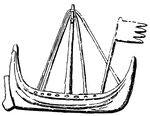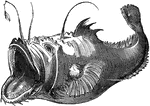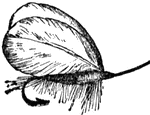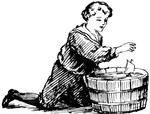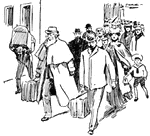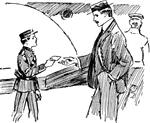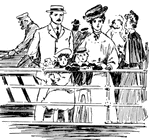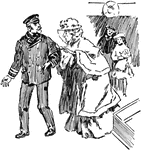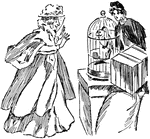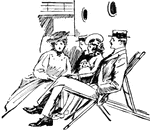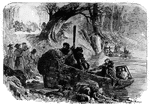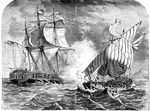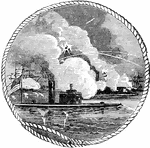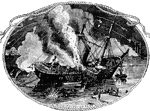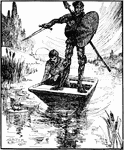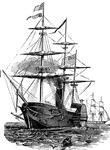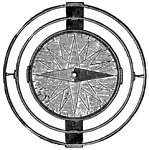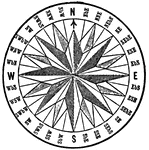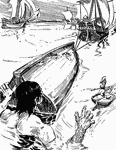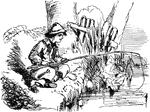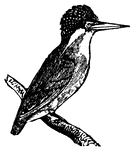
Crested Kingfisher
Kingfishers are typically stocky, with short tails and bodies. The bill is large and strong and their…
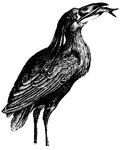
Boatbill Heron
This heron has a bill like an overturned boat. It also has a beautiful black crest that falls down behind…

Kearsarge Sinking the Alabama
The sinking of the Alabama by the Union Kearsarge. Some Confederates aboard the Alabama escaped to England…

The Spanish Man-of-War Tornado Chasing the American Steamer "Virginius"
American steamship being chased by Spanish man-of-war.
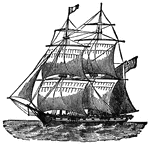
Brig
A sailing vessel with two masts rigged like the foremast and mizzen-mast of a full-rigged ship.
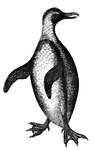
Penguin
Penguins are adopted for a completely aquatic life. The body is boat-shaped, the neck long, and legs…
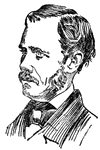
John A. Dahlgren
Dahlgren was a naval officer and inventor. He invented the Dahlgren gun and wrote many books.

Landing of Captain Bailey and Lieutenant Perkins in New Orleans
Captain Bailey, bearing a flag of truce, put off in a boat, accompanied by Lieutenant George H. Perkins,…

Gulliver in a Miniature Boat
The queen had built for Gulliver a first rate boat by the joiner for the palace. It was a miniature,…
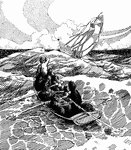
Henry Hudson
As part of a mutiny, Henry Hudson is seized and set adrift along with the loyal carpenter and the sick…

Discovery of a Confederate Battery at Messech's Point
The activity of the Confederates on the Potomac and the confluent rivers was almost incredible. In one…

Simple Simon
Simple Simon went a-fishing for to catch a whale. All the water he had got was in his mother's pail.
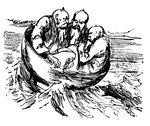
Gotham
Three wise men of Gothan went to sea in a bowl. If the bowl had been stronger, my story had been longer.
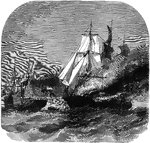
Harvey Birch
"Burning of the American merchantman "Harvey Birch," of New York, Captain Nelson, in the British Channel,…

Gunboat collision
"Desperate engagement, april 24th, 1862, between the United States gunboat "Varuna," Commander Boggs,…
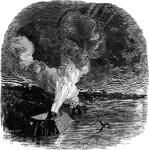
Siege of Island
"Siege of Island No. 10, on the Mississippi River- night bombardment by the Federal mortar boats, ten…
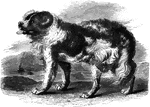
Newfoundland Dog
"These animals are of large size, and in almost every part of British America they are valuable and…

Edward's Ferry
"Successful retreat of the Federal troops from the Virginia shore across a canal-boat bridge at Edward's…

Fort Thompson
"View of New Berne, N. C., from the interior of Fort Thompson after its capture by the Federal forces-…
Gunboat engagement
"Engagement between the United States gunboats, commanded by Commodore Davis, and the Confederate Mosquito…

Tommy Tittlemouse
Little Tommy Tittlemouse lived in a little house. He caught fishes in other men's ditches.
Confederates
"Confederates in ambush firing on a reconnoitring expedition to Oyster Creek, Roanoke Island, N.C."—…

Paducah, Kentucky
"View of the town of Paducah, Ky., at the confluence of the rivers Ohio and Tennessee, the Northern…

Confederate Schooner
"Bird's-eye view of the burning of a Confederate schooner in Quantico or Dumfries Creek, Potomac River,…
